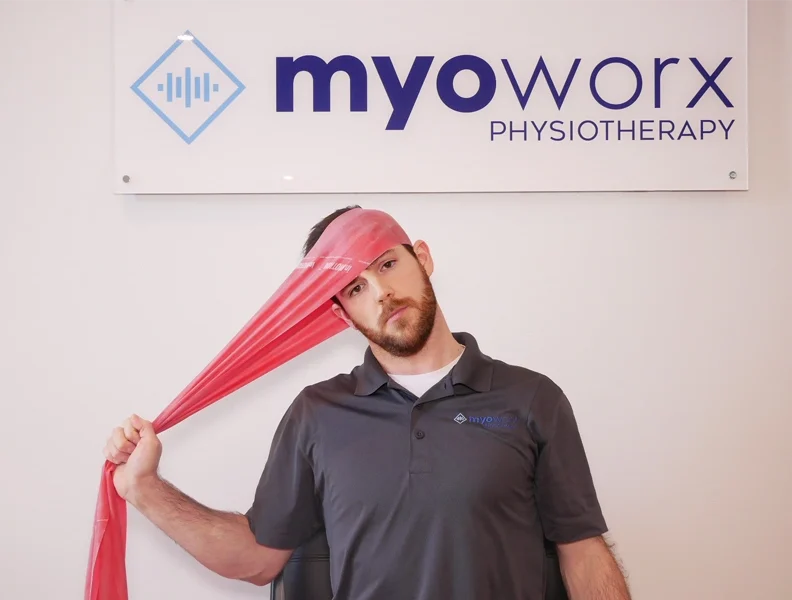Concussions are often associated with head trauma and the immediate symptoms that follow, such as headaches, dizziness, and sensitivity to light and sound. However, recent research has highlighted the crucial role that neck muscles play in both the occurrence and management of concussion symptoms. Understanding this connection can offer valuable insights into concussion prevention, treatment, and recovery.
The Neck-Muscle Connection
The relationship between neck muscles and concussions stems from their role in stabilizing and supporting the head. The neck muscles are responsible for maintaining proper alignment and absorbing forces that impact the head during physical activities or accidents. When these muscles are strong and well-conditioned, they can better protect the head and reduce the risk of concussion.
Neck Muscles and Concussion Symptoms
- Impact Absorption: Strong neck muscles can help absorb and dissipate forces that would otherwise be transmitted to the head upon impact. This can potentially reduce the severity of head movements that contribute to concussions.
- Symptom Severity: Research suggests that individuals with weaker neck muscles may experience more severe concussion symptoms. This is because weaker muscles may be less effective in stabilizing the head and preventing excessive movement during impacts.
- Postural Control: Neck muscles also play a crucial role in maintaining posture and balance. Dysfunction in these muscles due to injury or weakness can contribute to symptoms such as dizziness and impaired balance, which are common in concussion cases.
Treatment and Rehabilitation of Neck Muscles
Recognizing the importance of neck muscles in concussion management has led to the development of specific rehabilitation strategies:
- Neck Strengthening Exercises: Physical therapy programs often include exercises aimed at strengthening neck muscles. These exercises help improve muscle endurance and stability, reducing vulnerability to concussive forces.
- Manual Therapy: Techniques such as manual therapy and massage can help alleviate tension and improve flexibility in neck muscles, promoting better overall neck function.
- Postural Training: Proper alignment and posture can reduce strain on neck muscles and improve their ability to support the head effectively.
Concussion Prevention Strategies
In addition to rehabilitation, strengthening neck muscles can be a preventive measure against concussions, particularly in high-risk activities such as contact sports. Coaches, athletes, and healthcare professionals are increasingly incorporating neck strengthening programs into training regimens to enhance resilience against head injuries.
Conclusion
The connection between neck muscles and concussion symptoms underscores the importance of a comprehensive approach to concussion management. Strengthening neck muscles not only aids in reducing the risk of concussions but also plays a crucial role in minimizing symptom severity and supporting recovery. By integrating neck muscle training into both prevention and rehabilitation strategies, we can improve outcomes for individuals affected by concussions and promote safer participation in physical activities.
As awareness grows regarding the neck muscle-concussion link, so too does the potential for more effective interventions and support systems for those navigating the complexities of concussion recovery. These studies demonstrate this exciting field of research:
- The Efficacy and Frequency of a Combination Myofascial Treatment for Long Standing Symptoms Post Concussion
- Effects of Electrical Stimulation in People with Post-Concussion Syndromes: A Pilot Study
- Neck strength: a protective factor reducing risk for concussion in high school sports
For over 35 years, Terry Moore, founder of Moore MyoWorx, has focused his research and treatment protocols on healing and strengthening neck muscles to restore proper function, prevent injury, and help patients recover from concussions and other chronic pain conditions. Contact us to learn more about our revolutionary treatment method today!






